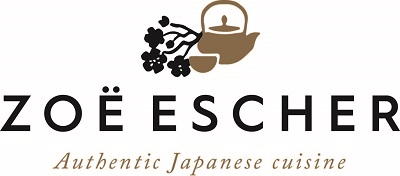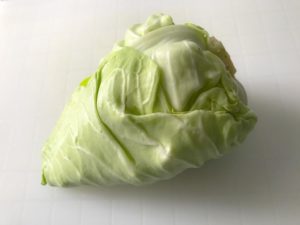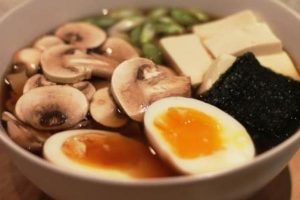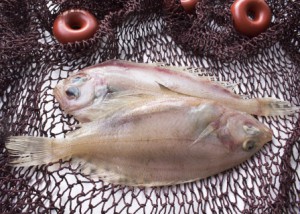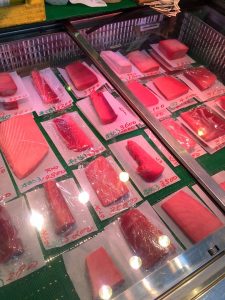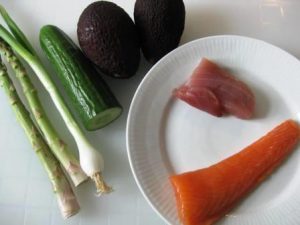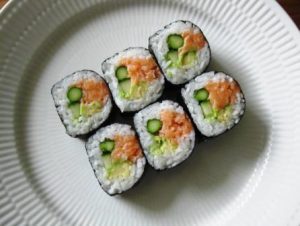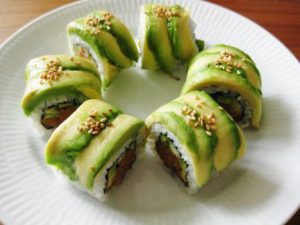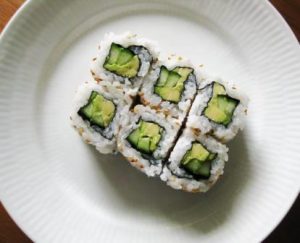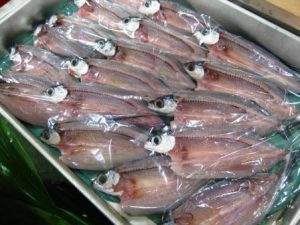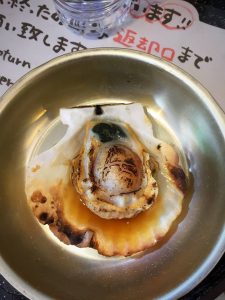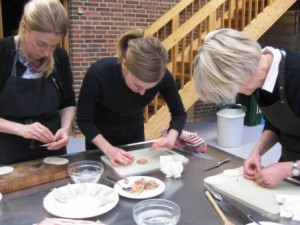 I do not think there exist a country with such a wide and varied cuisine as Japan.
I do not think there exist a country with such a wide and varied cuisine as Japan.
The Japanese cuisine in itself is very large with many local specialties and regional dishes. You can also find restaurants from the near surrounding countries such as China and Korea.
Europe is slowly making their entry into the Japanese market. You see several restaurants that make classic dishes from European cuisine.
Raw materials from Europe are also found on Japanese shelves in the supermarket.
It’s hard to describe how large and diverse the Japanese cuisine is as it cannot be compared with any other country. With 20 million residents just in Tokyo you can tell that restaurants is very important in the city.
Please read more about the Traditional cooking class for beginners
_
Zoë has held sushi courses and cooking classes for A. P. Moller – Maersk, Hugo Boss Nordic, Novo Nordisk, Novartis, Velux, Gorrissen Federspiel, Beierholm revision, Elbek & Vejrup and many more.
